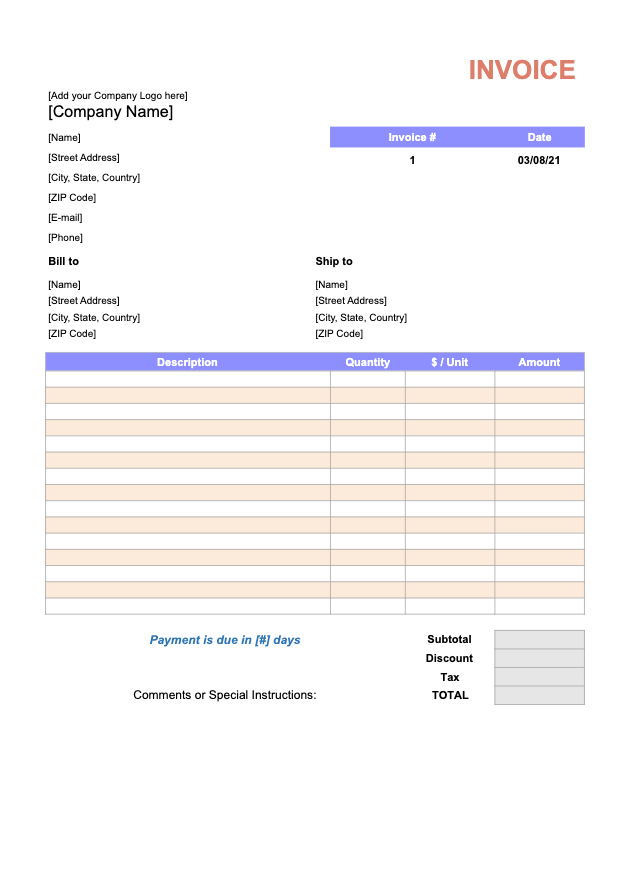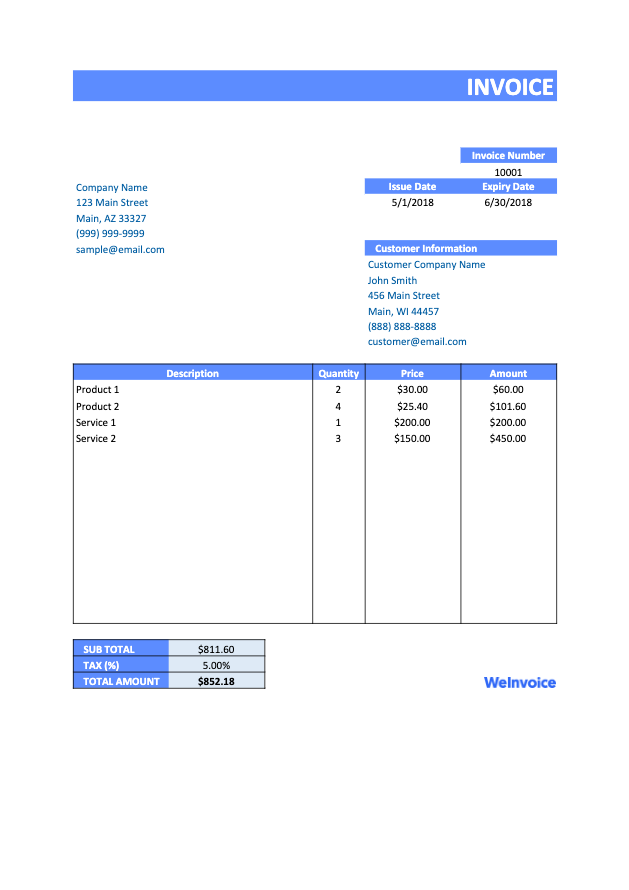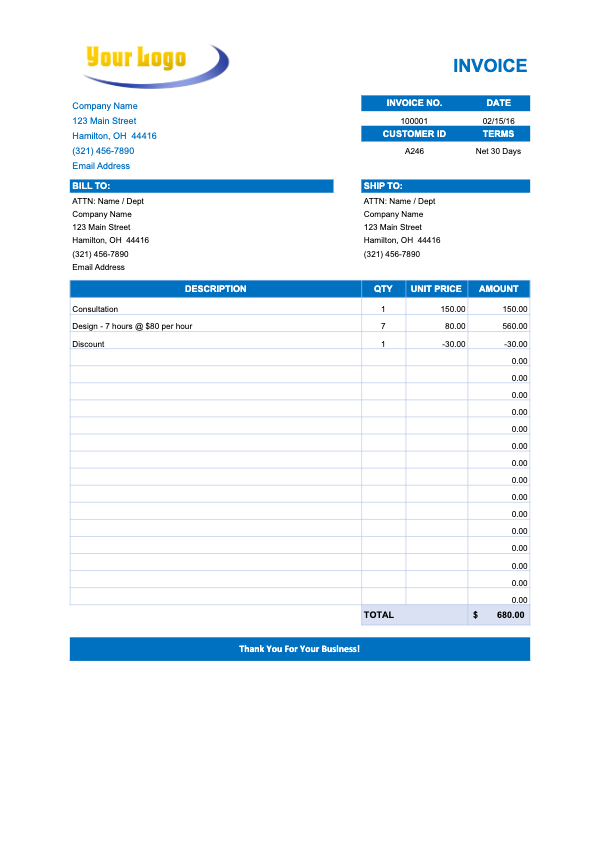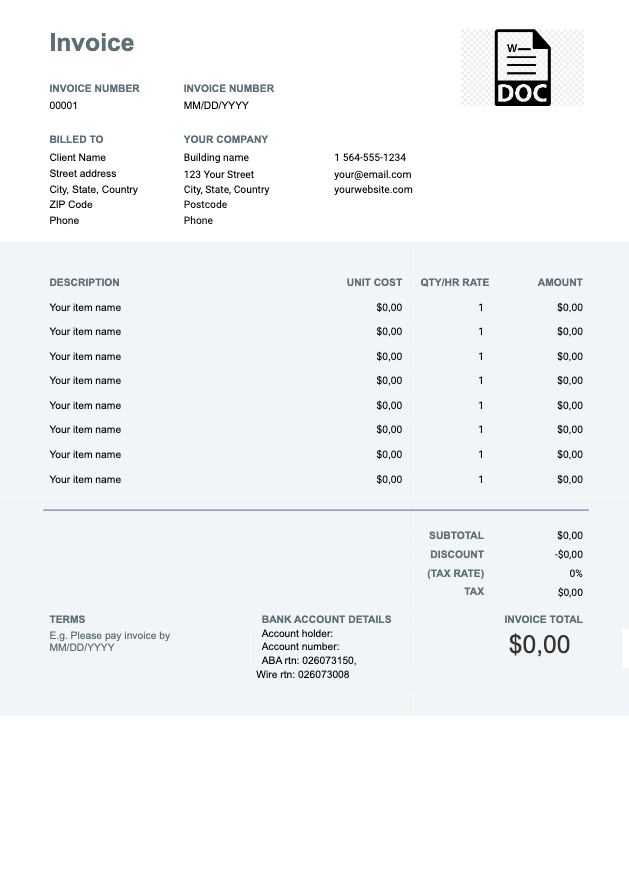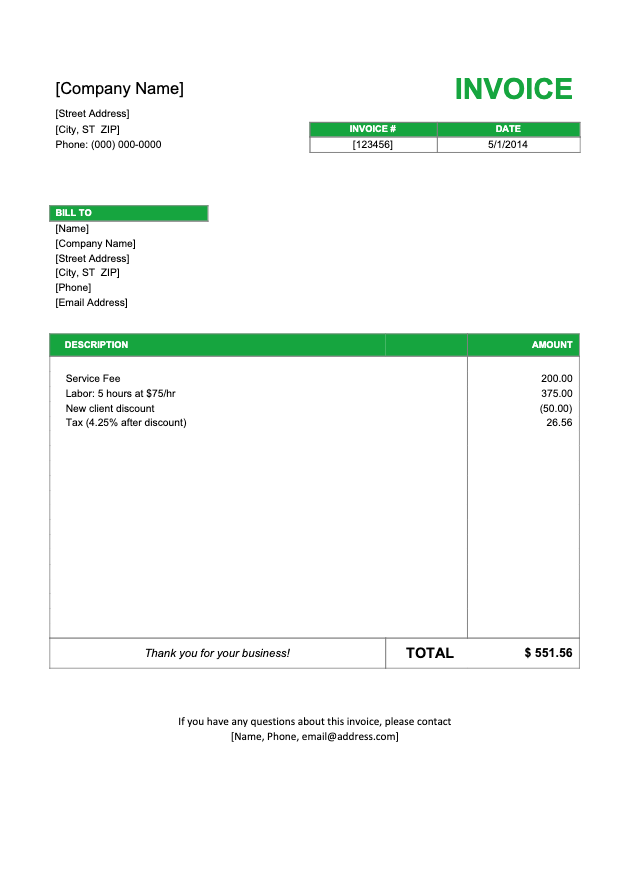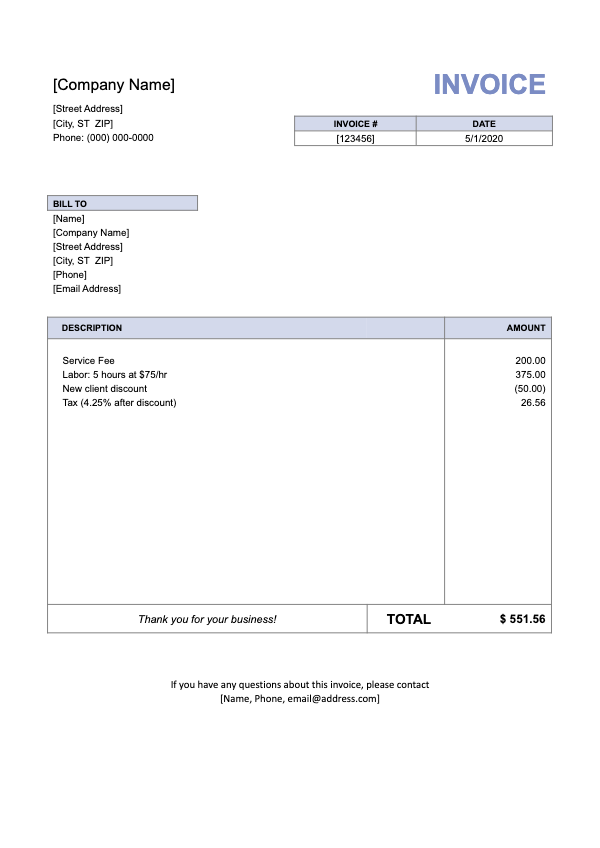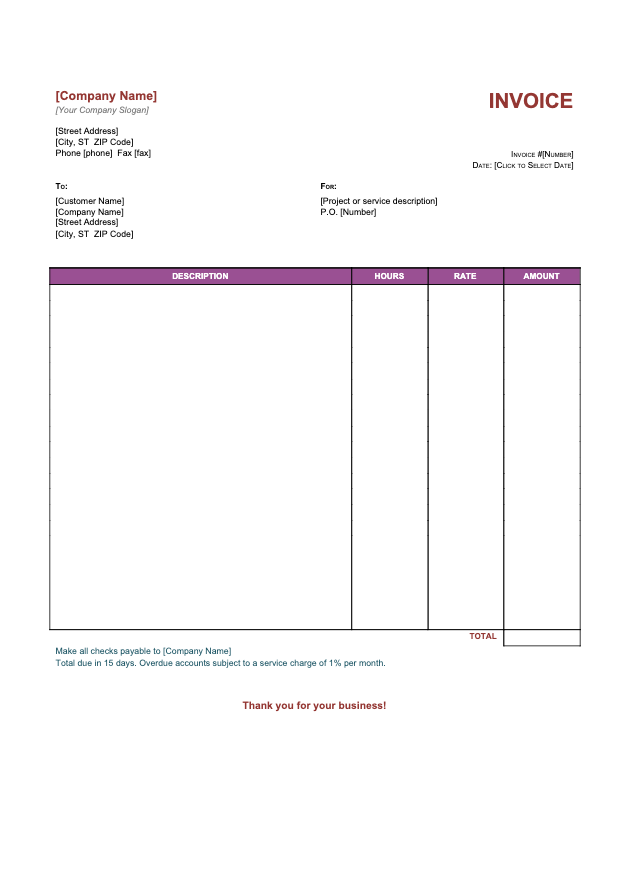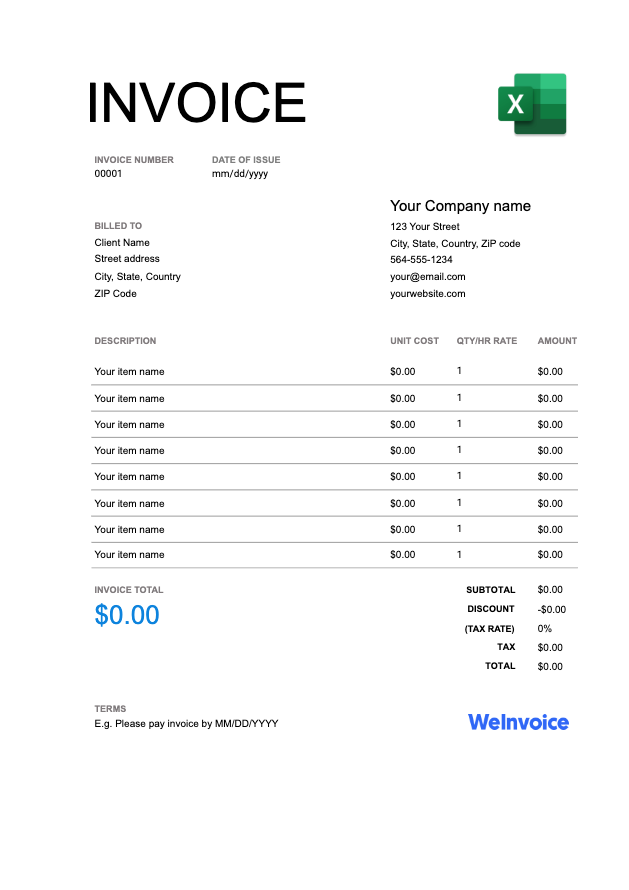
Download Freight Invoice Template for Free
Getting paid on time is crucial; you know it best if yours is a freight company. Don’t waste time with loads of paper; download the WeInvoice shipping invoice template for free and start billing fast and efficiently.
What is a Freight Invoice?
A freight invoice is a document issued to accompany the goods during transport, and it contains all the relevant information connected to it. The carrier uses the transport invoice to identify every item and mention the freight charges applied.
The transportation invoice is a mandatory document during transport, and all carriers must use it. It shows the transport is legal and it helps them receive the payment for their services. Using shipping invoice templates helps the shipper make sure all the items are documented, and all the freight charges are included.
Transport invoices are the official connection, as far as a particular transport is concerned, between the shipper and the consignee/receiver. The carrier must have the document at all times until they render it to the consignee, who is usually in charge of the duties and any other freight charges that may appear. So, it’s essential to issue the freight invoice accurately.
The transport invoice is crucial because once the client approves it, they use it to pay for the shipper’s services. And because freight charges have increased these last years, mostly because of the rise in oil prices, buyers are even more interested in the transport invoices. So, it’s essential to make sure the document you issue is accurate and looks professional.

Make an Invoice With WeInvoice
Design your own business invoice and add as many customizations as you need in your invoice. Improve the efficiency of your business by using a quick and easy invoice generator service from WeInvoice.
What Are the Differences Between a Freight Invoice and a Bill of Lading?
Both the freight invoice and the bill of lading are documents that usually accompany any transport. But although they look quite similar, a few important differences still exist.
As we have already mentioned, the freight or transport invoice is issued by the shipper. It contains relevant details of the merchandise for the consignee to check on arrival. It also includes the freight costs that must be paid.
Essentially, this is the invoice, in the traditional sense, and its primary purpose is to ensure that the buyer makes the full and correct payment. As such, it sometimes includes additional charges that may occur or other relevant pieces of information connected to the transport. If you’re the shipper, you issue a freight invoice to clearly show the buyer what they owe you.
On the other hand, the bill of lading is the official contract between the two parties involved in the transport. It regulates the conditions in which the transport must take place and includes varied information, including when and where the merchandise is picked up, what is the destination, what the state of the merchandise is, or its weight.
The bill of lading has to be signed twice, once when the carrier picks up the merchandise and then again when the consignee receives it. Another crucial difference from the freight invoice is that the bill of lading is an official document that stands out in court, if necessary.
What Is Included in a Freight Invoice?
Creating a freight invoice sounds a bit overwhelming, but if you use a shipping invoice template, it will be done in no time. It is a bit more complicated than other billing documents, but the freight invoice templates make it easier by organizing the information so that no relevant data is left out.
To be sure your freight invoice is correct, check for the presence of the following elements:
- The identifying information of the seller and the buyer
- The shipment’s date
- Both the origin and the destination point
- The number of packages, their detailed description, the volume and the weight are included
- The total estimated rate for the shipment
- The total amount due, including any special charges
- Transport invoices also have to include the delivery route, the carriers that perform the transport, and the transfer points, if there are any
- Payment methods and terms
Once issued, the freight invoice needs to be sent to the client by email, or any way you agree.
Conclusion
Shipping companies have quite a complex and challenging activity. Many details need to be considered and monitored from the moment the transport begins until the consignee receives it. With so many aspects to handle, it’s crucial to also stay on top of receiving the correct payment for your services without any delays.
The freight invoice is an essential document in this business, and the best way to issue it is with a shipping invoice template. You can find an excellent one from WeInvoice, along with many other handy templates and invoice generators.


